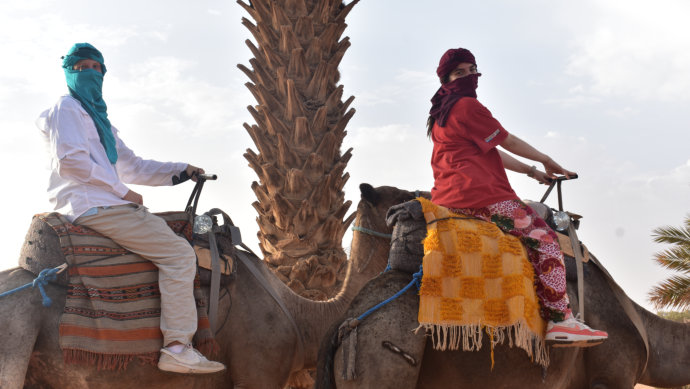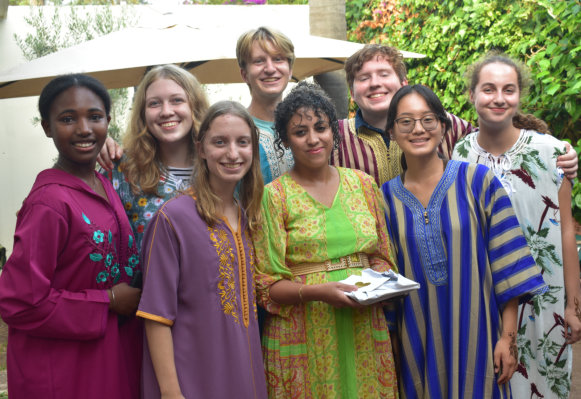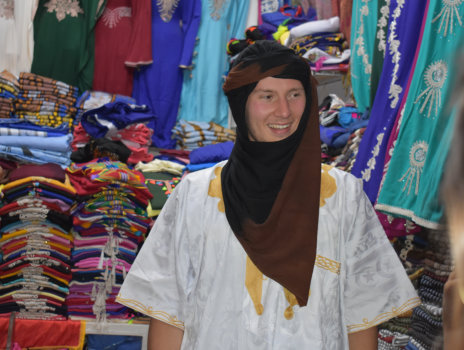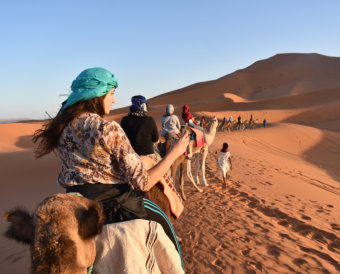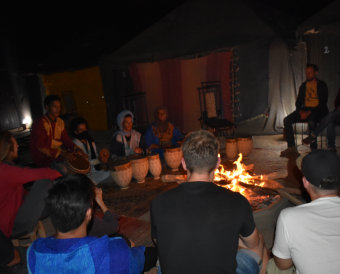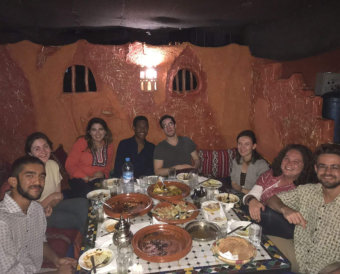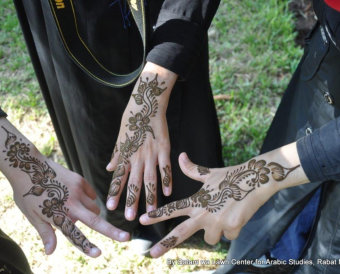QALAM WA LAWH, a center for Arabic studies, is known for its superb Arabic teaching and exciting study abroad programs. Located in the heart of Rabat, it welcomes students from all over the world who want to get better at Arabic.
We offer lots of fun activities that help you practice Arabic inside and outside class, making it easier and more enjoyable to learn quickly and remember.






